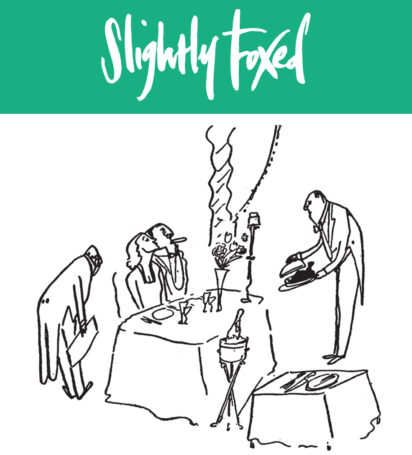
Michael Holroyd | Basil Street Blues Extract
Well-known for his frank biographies of such controversial figures as Augustus John and Lytton Strachey, Michael Holroyd teases out the story – or rather stories – of his own distinctly problematic family in his delightful and original memoir, Basil Street…






